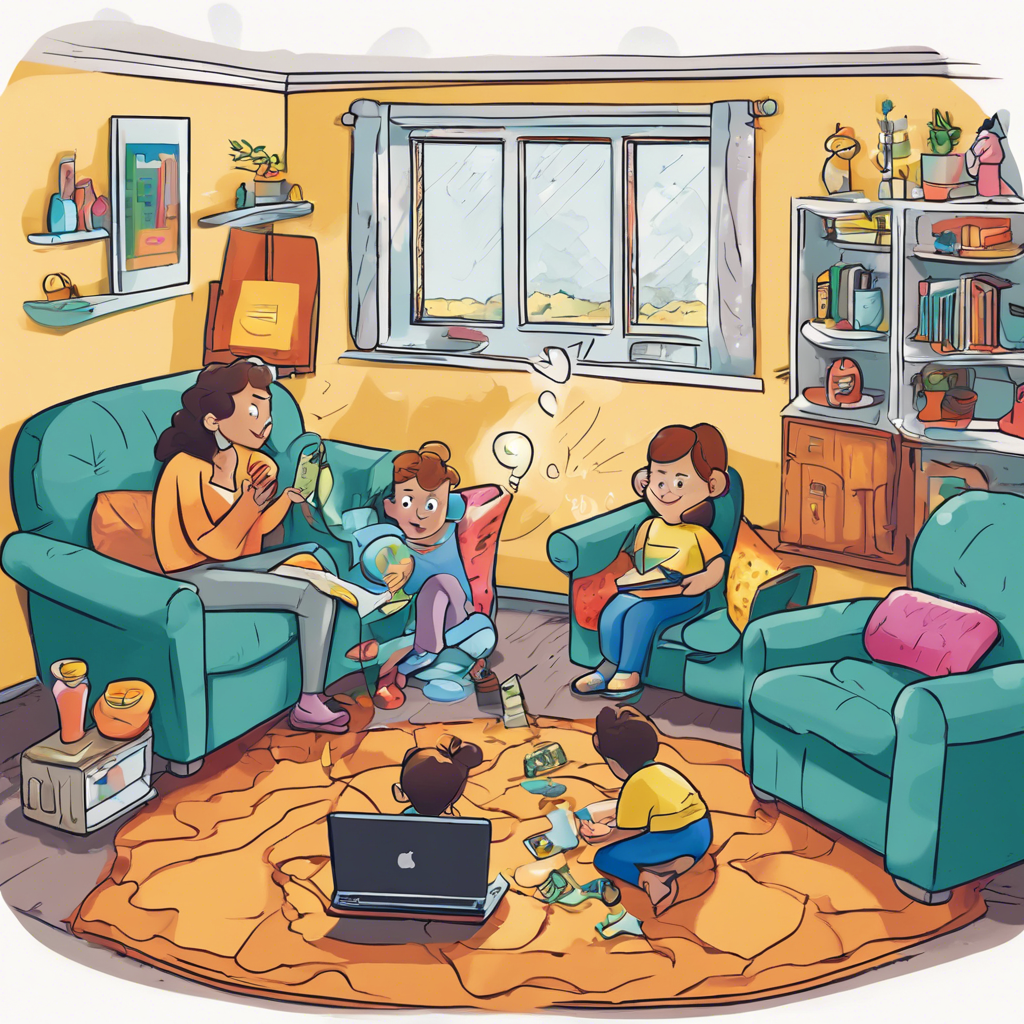How Do Narrative Techniques Differ Between Original Works And Their Adaptations When Portraying Character Arcs?
Gathering question image...
Introduction
Narrative techniques play a vital role in transforming character arcs in storytelling, revealing significant differences between original literary works and their adaptations. By understanding these distinctions, we gain insights into how narratives evolve across various media formats.
Understanding Character Arcs in Storytelling
Character arcs illustrate a character's journey and transformation within a narrative, highlighting their development or decline. In original literary works, authors explore characters in depth, delving into internal thoughts, backstories, and motivations through techniques such as stream of consciousness, intricate flashbacks, and rich inner dialogue. This depth enables readers to connect with characters on a deeper emotional level. In contrast, adaptations like films or stage plays necessitate a more concise narrative, prioritizing visual storytelling and dialogue. As a result, a character's journey may be streamlined, and subtle nuances may be lost. However, adaptations often introduce new visual elements that can enhance or reshape the character arc for the audience.
- In original works, internal monologues provide insight into a character's true motivations and emotions, enriching their narrative depth.
- Adaptations leverage visual storytelling through facial expressions and body language to effectively convey character growth.
Diverse Narrative Techniques Across Mediums
Different storytelling mediums utilize unique narrative techniques to portray character arcs. In literature, authors frequently employ elaborate descriptions and nuanced language that meticulously capture a character's psyche. Conversely, adaptations rely on visual storytelling; for example, a close-up shot can express complex emotions that textual descriptions might convey in prose. Notable techniques include:
- In books, flashbacks are used to provide in-depth context to a character's history; adaptations may employ specific music cues or color grading to differentiate these scenes visually.
- Monologues in original literary works can lay bare internal conflicts, while adaptations communicate these emotional struggles through powerful performances and visual metaphors.
Conclusion
In conclusion, original literary works offer complex and layered character arcs through detailed narrative techniques, while adaptations often simplify and modify these arcs to suit different media formats. This transition can enrich character journeys with fresh interpretations but may sometimes sacrifice narrative depth for accessibility or time constraints, ultimately altering the emotional impact of the story.
Expert Quote
Dr. Linda Seger, Screenwriting Consultant and Author
Adaptation requires not just a translation of text to screen, but a transformation of character arcs to fit a visual narrative, which often necessitates sacrifices that can both enhance and obscure the original intent.
Book: 'Making a Good Script Great', 2010
Relevant Links
Some Thoughts on Biblical Adaptations
https://furtherupfurtherin.substack.com/p/some-thoughts-on-biblical-adaptationsHow does the Daredevil show differ from the comics? : r/Daredevil
https://www.reddit.com/r/Daredevil/comments/12l6kez/how_does_the_daredevil_show_differ_from_the_comics/5 Important Ways Storytelling Is Different in Books vs. Movies ...
https://www.helpingwritersbecomeauthors.com/5-important-ways-storytelling-different-books-vs-movies/Tolkien (on a 1958 failed adaption of LOTR) says canon should be ...
https://www.reddit.com/r/LOTR_on_Prime/comments/swclg3/tolkien_on_a_1958_failed_adaption_of_lotr_says/Baker Street Irregulars - Holmes & Watson in Current Media: What is ...
https://www.goodreads.com/topic/show/18586027-what-is-your-opinion-on-sherlock-fanfiction-different-adaptations-thatMost popular questions

How Do The Personal Relationships Among Gods Affect Their Decisions In The Iliad?
The intricate relationships among the gods in Homer's epic poem 'The Iliad' play a crucial role in shaping their actions and decisions. These divine interactions create a complex web of fates, where each god's personal alliances and rivalries directly influence the events of the mortal world.

What Strategies Can Parents Use To Educate Their Children About Online Safety Beyond Privacy Settings?
In today's digital landscape, teaching children about online safety is essential for their protection and well-being. While privacy settings play a critical role, parents can implement various strategies to create a thorough understanding of online safety principles among their children.

What Are The Different Types Of Insulation Materials Commonly Used In Buildings, And How Do They Compare In Terms Of Thermal Resistance?
Insulation materials are vital for enhancing energy efficiency in residential and commercial buildings by minimizing heat transfer. Understanding the various insulation types can lead to better choices for thermal resistance and overall comfort.
Most recent questions

What Factors Contribute To The Variation In Fan Interpretations Of Characters Across Different Cultures?
The interpretation of characters in media varies significantly across diverse cultures, influenced by a multitude of factors that reflect the unique values, beliefs, and lived experiences of each culture. Understanding how cultural differences shape these interpretations is essential in today's globalized media landscape.

How Do Historical Events Influence The Portrayal Of Cultural Identities In Specific Film Genres?
The representation of cultural identities in film significantly reflects the historical events that shape societies. Filmmakers, drawing from their unique cultural contexts, weave significant historical events into their narratives, showcasing the multifaceted nature of identity across various film genres. This dynamic relationship between film and history not only mirrors cultural narratives but also actively shapes the understanding of these identities.

In What Ways Can We Measure The Impact Of Audience Interaction On The Reception And Interpretation Of Contemporary Art Compared To Traditional Art Forms?
Exploring audience interaction in art reveals crucial distinctions in the perception and understanding of contemporary art versus traditional art. This interaction significantly influences the emotional and intellectual responses to artworks, making it a vital factor for art interpretation and appreciation.